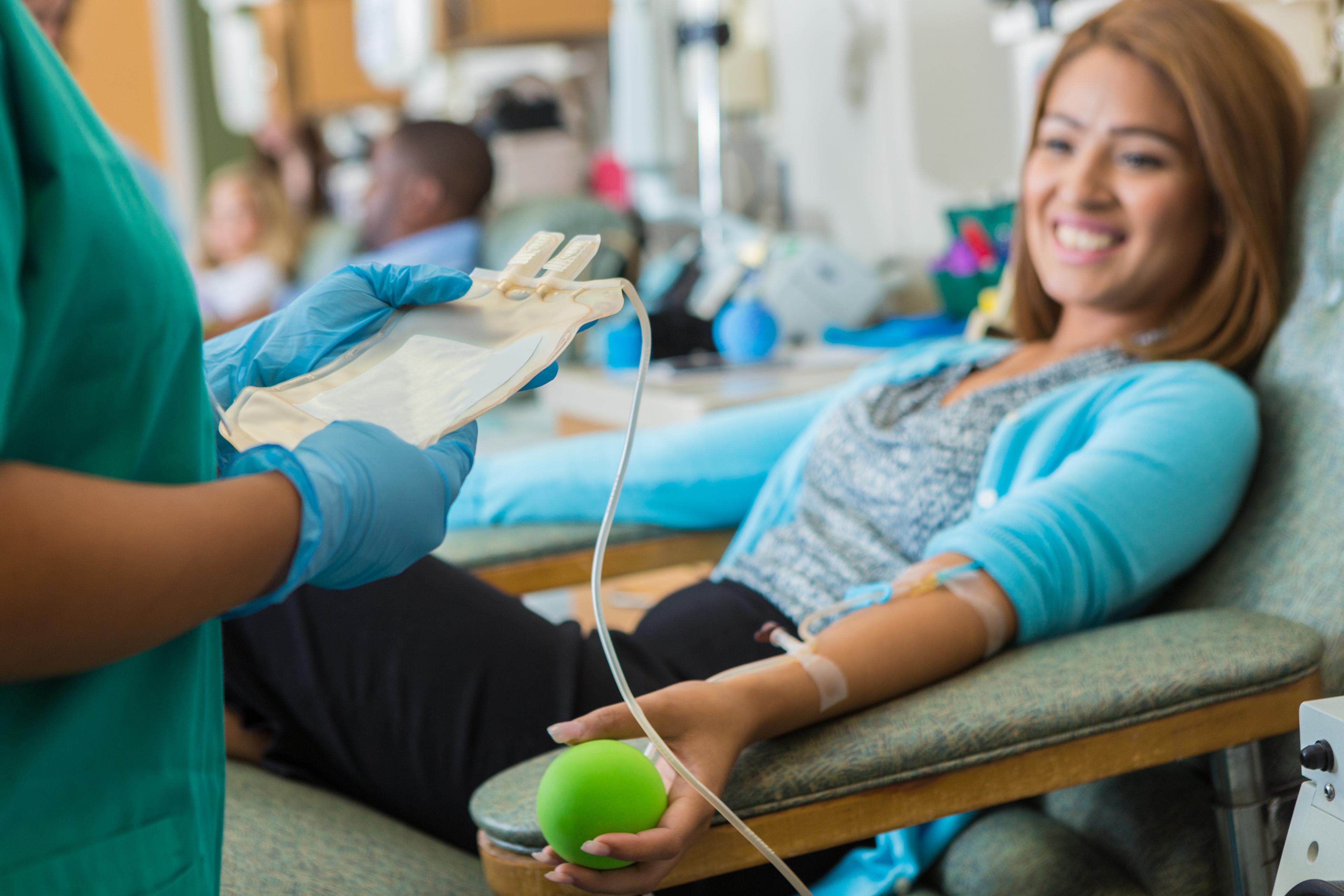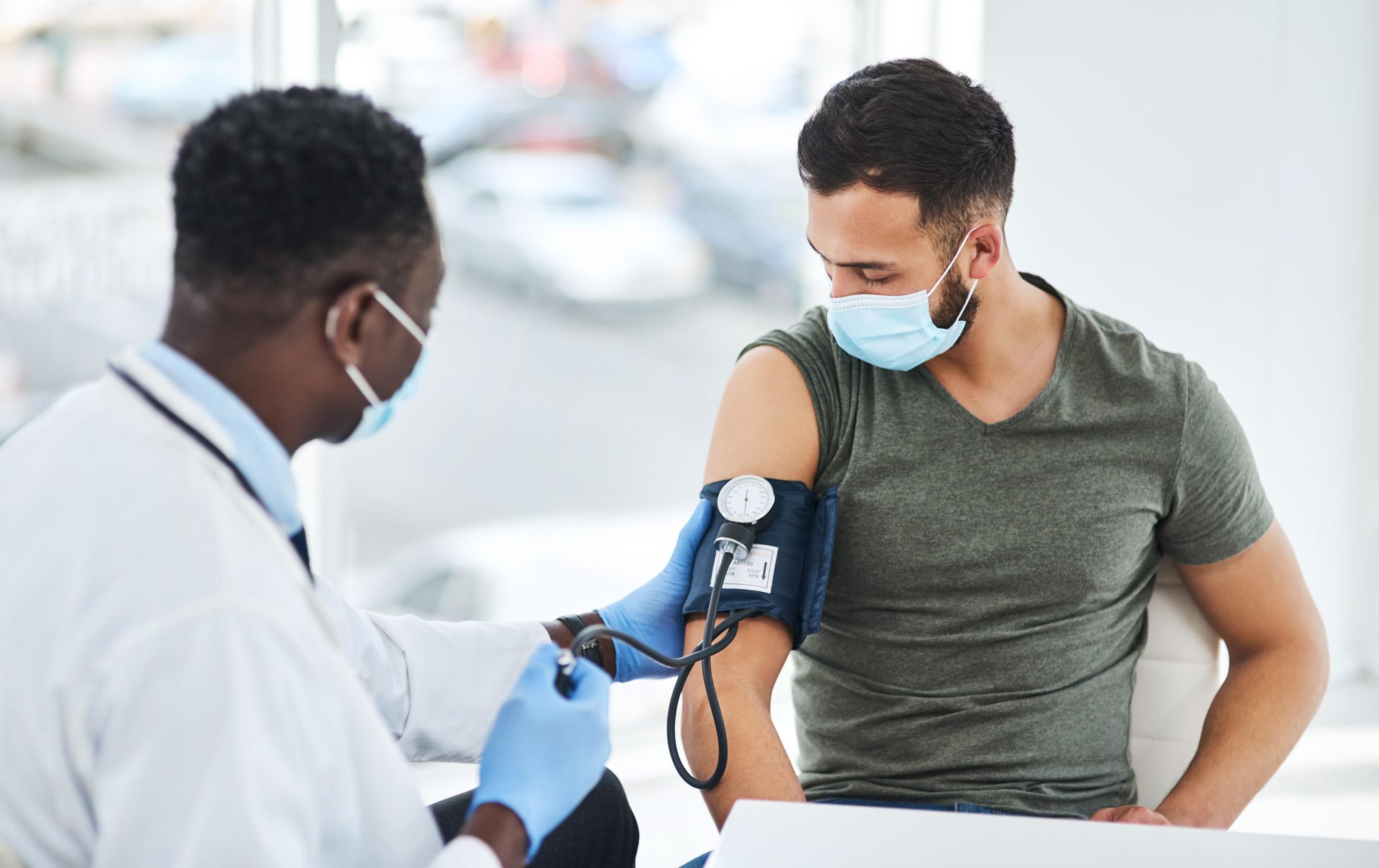Community,Building Healthy Communities,Social Mission,Children's Health,Physical Health,Mental Health
Resources Aimed at Increasing Physical Activity, Addressing Mental Health Are Available Through 2024 Building Healthy Communities Program
Jake Newby
| 6 min read

The school year is winding down, but when it returns this fall many Michigan schools will benefit from impactful new resources aimed at increasing the physical activity and nurturing the mental health of students across the state.
The Building Healthy Communities: Step Up for School Wellness (BHC: SUFSW) program empowers school leaders, educators, administrators, families and communities to improve the health and well-being of students and staff. Many school-aged children are still rebounding from the negative physical and mental health effects they incurred during the COVID-19 pandemic, which included post-traumatic stress symptoms like depression, stress and anxiety in many children, according to large studies.
One new resource offered through the Building Healthy Communities program that should make a difference right away is InPACT (Interrupting Prolonged sitting with ACTivity) which is available for grades K-6. This classroom-based physical activity program incorporates 20 minutes of movement that is integrated through short exercise breaks or “snacks”, up to four-minutes in length, throughout each school day. Awarded schools will receive the program along with an equipment package to compliment the classroom activities.
InPACT is a multi-tiered support system for teachers
Associate Professor of Kinesiology at the University of Michigan, Dr. Rebecca Hasson, is also the principal investigator of InPACT. She compares the lack of physical activity children experienced during the pandemic to the plot in the movie “It’s a Wonderful Life.”
“It was like when the main character got to see what the world was like if he was never born,” Hasson said. “Well, we were unfortunately able to see what happens to our kids when they don’t have structured physical activity opportunities. We saw that physical activity went down by about 17 minutes per day. And kids were already not meeting their physical activity recommendations.”
Sedentary behavior increased as screen time doubled among adolescents, Hasson said, and obesity rates spiked by 9% in one year.
“That’s an amazing jump that you don’t typically see,” Hasson said.

Hasson is helping to make a difference in that regard, with a fine-tuned “exercise snacks” idea to help schools enrolled in the BHC SUFSW program implement consistent physical activity breaks, which are not a new concept. Physical activity breaks have been implemented into schools for 20 to 30 years. The problem is, disparities in implementation across Michigan schools have led to inconsistent physical activity breaks, and in turn, a lack of progress and effectiveness.
Recent studies have found that even 2-to-3-minute bursts of physical activity sufficiently allow children and adults to reap the benefits of exercise, said Hasson.. When allowing for time to launch an “exercise snack” break and then time to instruct students to take their seats again, Hasson said her team has found four minutes worth of “exercise snacking”, five times a day, hits the sweet spot.
“What we do, during our training, is we take teachers through the common barriers they may experience in implementing these four-minute breaks,” Hasson explained. “How is their classroom currently set up, where might they have trouble motivating a certain student to engage in these breaks. Where might they be struggling in their self-efficacy or the confidence in their ability to implement these 20 minutes a day? The no. 1 barrier is time, so, a lot of teachers say, ‘where am I going to find these 20 minutes?’”
InPACT training is designed to help teachers understand the context in which physical activity is implemented, so they can be successful. Once implemented, the end goal is to make sure every kid that participates attains an optimal balance between physical and emotional wellbeing, so they are focused, attentive and ready to learn. It’s a win-win of a system for students and administrators.
“Physical activity helps to prime the brain for learning based on all the science that has been used or that is demonstrated,” Hasson said. “Different brain regions are activated, blood flow goes to the brain, different chemicals are released that helps kids focus. Physical activity also regulates their emotions, so they are calm and ready to learn. And then the fun part is, it helps to get the wiggles out. Kids can’t just be still; adults can’t even sit still for prolonged periods of time. So, this is a structured way to get the wiggles out, prime the brain for learning and regulate their emotions so they are primed and ready to go.”
The BHC Step Up for School Wellness program also offers schools resources focused on social emotional intelligence, mental health support and suicide prevention
Paul Liabenow, Executive Director, Michigan Elementary and Middle School Principals Association, which oversees implementation of the BHC: Step Up for School Wellness program, has more than 40 years’ experience in education.
He shared that the program has 6 resources available to meet the needs of schools around social and emotional health, well-being, and suicide prevention. His hope and vision is to expand the use, understanding, training and practice around both social and emotional learning and educating the public around suicide prevention and intervention so that both in school and out, they can see the signs of a potential suicide attempt, and intervene in a more timely fashion. “The fact is, if we can put these resources into the hands of school and community leaders that can then save even a single life, that will make every ounce of time and effort we put into developing these resources worth it” Liabenow said.
Liabenow acknowledged that the implementation of these resources for awarded schools may seem overwhelming. He stressed that the program is designed to provide the support needed to make the implementation of selected resources as simple as possible and ensure success. He also pointed out that undergoing these trainings and becoming equipped with the authority needed to implement these mental health resources can make a world of difference in the lives of countless families.
“We encourage people to get started,” Liabenow said. “Just begin the work. Learn more. And learn about how to deliver it to your school and community in a fashion that is not disruptive or contentious. We need to have these discussions. Speaking about suicide, for example, is a very disconcerting subject. But when we leave it unattended, don’t discuss it and don’t deal with the realities, the problem doesn’t get solved as it relates to the dramatic increase we’ve seen in completed suicides over the last four or five years.”
Learn more about the 2024-2025 BHC SUFSW application process by visiting this website, where you can learn more about learn about the five-step program, goals and expected impacts, available resources, and details about how to apply and select the best resources for your school.
Read on:





